

- RFQ
- BOM
-
Contact Us
Tel: +86-0755-83501315
Email: sales@sic-components.com
- Chinese
- English
- French
- German
- Portuguese
- Spanish
- Russian
- Japanese
- Korean
- Arabic
- Irish
- Greek
- Turkish
- Italian
- Danish
- Romanian
- Indonesian
- Czech
- Afrikaans
- Swedish
- Polish
- Basque
- Catalan
- Esperanto
- Hindi
- Lao
- Albanian
- Amharic
- Armenian
- Azerbaijani
- Belarusian
- Bengali
- Bosnian
- Bulgarian
- Cebuano
- Chichewa
- Corsican
- Croatian
- Dutch
- Estonian
- Filipino
- Finnish
- Frisian
- Galician
- Georgian
- Gujarati
- Haitian
- Hausa
- Hawaiian
- Hebrew
- Hmong
- Hungarian
- Icelandic
- Igbo
- Javanese
- Kannada
- Kazakh
- Khmer
- Kurdish
- Kyrgyz
- Latin
- Latvian
- Lithuanian
- Luxembou..
- Macedonian
- Malagasy
- Malay
- Malayalam
- Maltese
- Maori
- Marathi
- Mongolian
- Burmese
- Nepali
- Norwegian
- Pashto
- Persian
- Punjabi
- Serbian
- Sesotho
- Sinhala
- Slovak
- Slovenian
- Somali
- Samoan
- Scots Gaelic
- Shona
- Sindhi
- Sundanese
- Swahili
- Tajik
- Tamil
- Telugu
- Thai
- Ukrainian
- Urdu
- Uzbek
- Vietnamese
- Welsh
- Xhosa
- Yiddish
- Yoruba
- Zulu
- Kinyarwanda
- Tatar
- Oriya
- Turkmen
- Uyghur
What is a Sensor? : A Comprehensive Guide
A sensor (https://www.sic-components.com/sensors-transducers) is a remarkable device that plays a crucial role in modern technology. At its core, a sensor is a component that detects and responds to a variety of physical, chemical, or biological stimuli from its environment. These stimuli can include changes in temperature, light, pressure, motion, humidity, chemical substances, and more. The sensor then converts these detected changes into a form of output signal, typically an electrical, optical, or digital signal. This conversion allows the information gathered from the environment to be measured, analyzed, and utilized by other electronic devices, systems, or even humans.
For example, in a digital thermometer, a temperature sensor detects the thermal energy of its surroundings and converts it into an electrical signal. This electrical signal is then processed and displayed as a numerical temperature value on the thermometer's screen. Similarly, in a smartphone, a touch sensor detects the pressure and position of your finger on the screen and converts this physical interaction into electrical signals that the phone's processor can interpret to perform various functions, such as opening an app or scrolling through content.
The Developments of Sensor
The history of sensor(https://www.sic-components.com/sensors-transducers) development is a fascinating journey marked by continuous innovation and technological advancements. In the early days, sensors were relatively simple and basic in design. For instance, the mercury thermometer, one of the earliest forms of temperature sensors, relied on the physical expansion and contraction of mercury in response to temperature changes. This simple yet effective mechanism allowed for the visual measurement of temperature, although it had limitations in terms of precision and the ability to interface with other systems.
As technology progressed, the 20th century witnessed significant breakthroughs in sensor technology. The invention of transistors and the development of integrated circuits revolutionized the electronics industry, enabling the creation of more compact, accurate, and reliable sensors. Semiconductor-based sensors emerged, offering improved sensitivity and the ability to be miniaturized. For example, semiconductor temperature sensors could provide more precise temperature measurements and were easier to integrate into electronic circuits compared to their predecessors.
In recent decades, the development of microelectromechanical systems (MEMS) and nanotechnology has taken sensor technology to new heights. MEMS sensors are tiny devices that combine mechanical and electrical components on a microscale. They are used in a wide range of applications, from accelerometers in smartphones that detect motion and orientation to pressure sensors in automotive engines that monitor fuel and air pressure. Nanotechnology, on the other hand, has allowed for the creation of sensors with enhanced sensitivity, selectivity, and functionality at the nanoscale level. These sensors can detect extremely small quantities of substances or minute physical changes, opening up new possibilities in fields such as healthcare, environmental monitoring, and security.
Today, with the advent of the Internet of Things (IoT), sensors have become even more crucial. IoT devices are equipped with a variety of sensors that collect data from the environment and transmit it over the internet. This data can be used for a multitude of purposes, such as smart home automation, industrial process optimization, and remote environmental monitoring. The integration of sensors with artificial intelligence and machine learning algorithms is also enabling more advanced applications, such as predictive maintenance in industrial machinery and early disease detection in healthcare.
Types of Sensors: Applications, Pros, and Cons
1. Temperature Sensors
Applications
Industrial Processes: In manufacturing plants, temperature sensors monitor the temperature of furnaces, reactors, and heat exchangers. For example, in steel production, precise temperature control in blast furnaces is crucial for the quality of the final product.
Automotive Industry: Measure engine temperature, coolant temperature, and exhaust gas temperature. This information helps in optimizing engine performance, improving fuel efficiency, and preventing overheating.
HVAC Systems: Regulate the temperature in buildings, ensuring comfort for occupants while also saving energy by maintaining an optimal temperature range.
Food Storage and Processing: Monitor the temperature of cold storage units, freezers, and during food processing operations to maintain food safety and quality.
Pros
Thermocouples: Have a wide temperature range, are self-powered, relatively inexpensive, and rugged, making them suitable for harsh industrial environments.
Thermistors: Offer high sensitivity and fast response times, which are useful for applications requiring quick detection of temperature changes, like in electronic devices.
RTDs: Provide high accuracy and stability over a long period, making them ideal for applications where precise temperature measurements are essential, such as in scientific research and pharmaceutical manufacturing.
Cons
Thermocouples: Have a non-linear output, require cold junction compensation for accurate readings, and are susceptible to electrical noise if the measuring system is not isolated.
Thermistors: Have a limited temperature range, are non-linear, and can be fragile if not properly protected, which restricts their use in some extreme environments.
RTDs: Are more expensive due to the use of materials like platinum, require a current source, and can be affected by self-heating and lead wire resistance, which may introduce errors in the measurement.
2. Pressure Sensors
Applications
Automotive Tires: Tire pressure monitoring systems (TPMS) use pressure sensors to continuously measure tire pressure, ensuring safety and optimal fuel efficiency.
Industrial Pipelines: Monitor the pressure of fluids in pipelines, detecting leaks, blockages, or abnormal pressure variations. In oil and gas production, pressure sensors play a vital role in ensuring the safe and efficient operation of pipelines.
Medical Devices: Measure blood pressure, intracranial pressure, and pressure in ventilators. Accurate pressure measurement is essential for diagnosing and treating various medical conditions.
Aerospace: Used to measure air pressure for altitude determination, as well as in aircraft engines to monitor fuel and air pressure, ensuring engine performance and safety.
Pros
High Sensitivity: Can detect very small pressure changes, enabling precise monitoring in various applications.
Versatility: Available in different types (piezoresistive, piezoelectric, capacitive) to suit different operating conditions and pressure ranges.
Remote Monitoring: Many pressure sensors can be integrated with wireless communication technologies, allowing for remote monitoring and data collection.
Cons
Calibration Required: Pressure sensors need regular calibration to maintain accuracy over time, which can add to the maintenance cost and complexity.
Sensitivity to Environmental Factors: Some types of pressure sensors, especially those with mechanical components, can be affected by temperature, humidity, and vibration, which may introduce errors in the measurement.
Cost: High-precision pressure sensors can be expensive, especially those used in critical applications like aerospace and medical devices.
3. Motion Sensors
Applications
Security Systems: Passive infrared (PIR) motion sensors are commonly used in home and commercial security systems to detect the presence of intruders. When a person enters the sensor's field of view, it detects the change in infrared radiation and triggers an alarm.
Automotive Safety: In vehicles, motion sensors are used for functions like electronic stability control (ESC), which detects vehicle skidding or loss of control and applies brakes to individual wheels to regain stability.
Robotics: Enable robots to sense their movement, orientation, and the presence of obstacles in their environment. This helps robots perform tasks such as navigation, manipulation, and assembly with greater accuracy.
Consumer Electronics: Found in smartphones and gaming consoles, motion sensors like accelerometers and gyroscopes enable features such as screen rotation, gesture control, and motion - based gaming.
Pros
Non-contact Detection: Many motion sensors can detect motion without physical contact, reducing wear and tear and allowing for the monitoring of objects in hard-to-reach or hazardous areas.
Enhanced Safety and Efficiency: In industrial and automotive applications, motion sensors improve safety by preventing accidents and enhance efficiency by optimizing operations.
User-friendly in Consumer Devices: In consumer electronics, motion sensors provide a more intuitive and immersive user experience.
Cons
False Alarms: PIR motion sensors can sometimes generate false alarms due to factors such as temperature changes, moving pets, or strong sunlight, which can be a nuisance in security applications.
Limited Range and Sensitivity: Some motion sensors have a limited range and sensitivity, which may restrict their use in certain applications. For example, ultrasonic motion sensors may not work well in environments with a lot of background noise or reflective surfaces.
Calibration and Installation: Proper calibration and installation are required to ensure accurate operation of motion sensors. Incorrect installation can lead to inaccurate readings or false detections.
4. Light Sensors
Applications
Automotive Headlights: Automatically turn on and off based on ambient light levels, improving visibility and safety while also saving energy.
Street Lighting: Adjust the brightness of streetlights according to the time of day and the presence of pedestrians or vehicles, reducing energy consumption.
Camera Exposure Control: In cameras, light sensors measure the amount of light in the scene, allowing the camera to adjust the shutter speed, aperture, and ISO settings for optimal image quality.
Environmental Monitoring: Measure light intensity in natural and artificial environments, which is useful for studying plant growth, urban lighting impacts, and energy consumption in buildings.
Pros
Energy Savings: By automatically adjusting lighting levels, light sensors help reduce energy consumption in various applications, contributing to cost savings and environmental sustainability.
Simple and Inexpensive: Many light sensors, such as photoresistors, are relatively simple in design and inexpensive, making them accessible for a wide range of applications.
Fast Response: Light sensors can quickly detect changes in light levels, enabling immediate adjustments in lighting or other systems.
Cons
Sensitivity to Ambient Light: Some light sensors may be affected by ambient light sources, such as sunlight or artificial lights, which can cause inaccurate readings or false triggering.
Limited Detection Range: Depending on the type of light sensor, the detection range may be limited, which may not be suitable for applications requiring long-distance or wide-area light measurement.
Color Sensitivity: In applications where color - specific light detection is required, some basic light sensors may not be able to distinguish between different colors effectively.
5. Chemical Sensors
Applications
Environmental Monitoring: Detect pollutants in the air, water, and soil, such as sulfur dioxide, nitrogen oxides, heavy metals, and organic contaminants. This helps in assessing environmental quality and taking appropriate measures to protect the environment.
Industrial Safety: Monitor the presence of hazardous gases, such as carbon monoxide, hydrogen sulfide, and methane, in industrial workplaces to prevent gas leaks and protect workers from exposure to toxic substances.
Medical Diagnostics: Detect biomarkers in body fluids, such as blood, saliva, and urine, for the early diagnosis of diseases. For example, glucose sensors are used to measure blood glucose levels in diabetes patients.
Food Quality Control: Check for the presence of harmful substances, such as pesticides, bacteria, and spoilage agents, in food products, ensuring food safety and quality.
Pros
High Selectivity: Chemical sensors can be designed to detect specific chemical substances with high selectivity, allowing for accurate identification and quantification of target analytes.
Early Detection: Enable the early detection of harmful substances or disease markers, which can lead to timely intervention and prevention of adverse effects.
Miniaturization and Integration: Modern chemical sensors can be miniaturized and integrated with microfluidic systems, making them suitable for portable and point-of-care applications.
Cons
Interference: Chemical sensors can be affected by interference from other chemical substances present in the environment or sample, which may lead to inaccurate readings or false positives.
Calibration and Maintenance: Require regular calibration and maintenance to ensure accurate and reliable operation, which can be time-consuming and costly.
Slow Response Time: Some chemical sensors may have a relatively slow response time, especially those based on complex chemical reactions, which may limit their use in applications requiring rapid detection.
6. Humidity Sensors
Applications
Building Climate Control: Maintain optimal humidity levels in buildings, improving indoor air quality and occupant comfort. Proper humidity control also helps prevent the growth of mold and mildew.
Agriculture: Monitor humidity in greenhouses and storage facilities for crops and livestock. Optimal humidity levels are essential for plant growth, seed germination, and the preservation of agricultural products.
Electronics Manufacturing: Control humidity levels in cleanrooms to prevent damage to sensitive electronic components due to static electricity and moisture absorption.
Pharmaceutical Storage: Ensure the proper storage conditions for drugs, as humidity can affect the stability and efficacy of pharmaceutical products.
Pros
Improved Comfort and Product Quality: By maintaining appropriate humidity levels, humidity sensors contribute to better comfort for people and improved quality of stored products.
Energy Efficiency: In HVAC systems, humidity sensors can help optimize energy consumption by adjusting the system based on humidity levels, rather than just temperature.
Early Warning of Moisture Problems: Detect excessive humidity, which can be an early warning sign of water leaks or other moisture-related issues in buildings and storage facilities.
Cons
Calibration Drift: Over time, humidity sensors may experience calibration drift, leading to inaccurate readings. Regular calibration is required to maintain accuracy.
Sensitivity to Temperature: The performance of some humidity sensors can be affected by temperature changes, which may introduce errors in the measurement if not properly compensated.
Contamination: Humidity sensors can be contaminated by dust, dirt, and chemical vapors, which can affect their accuracy and lifespan.
Difference Between Sensors and Detectors
While the terms "sensor" and "detector" are sometimes used interchangeably, there are distinct differences between them.
A sensor is a more general - purpose device that is designed to detect a physical, chemical, or biological quantity and convert it into an electrical or other form of signal. It focuses on the measurement aspect and provides data about the environment or a particular phenomenon. For example, a temperature sensor continuously measures the temperature and outputs a corresponding electrical signal that can be used to monitor or control a system. Sensors are often used in systems where continuous monitoring and data collection are required, and they can be integrated into larger control systems to adjust processes based on the measured values.
In contrast, a detector is more specialized and is primarily designed to identify the presence or absence of a specific condition or substance. Detectors are often used to trigger an action or alert when a particular event occurs. For instance, a smoke detector is designed to detect the presence of smoke particles in the air. When smoke is detected, it triggers an alarm to notify people of a potential fire. Detectors typically have a binary output - either they detect the target condition and activate an output (such as an alarm or a switch), or they do not detect it and remain in a non - activated state.
In summary, sensors are about measuring and providing quantitative data, while detectors are focused on identifying specific events or substances and initiating a response. However, it's important to note that in some cases, a device may have both sensing and detecting capabilities, blurring the line between the two.
SIC Company, a leading sensor distributor, is your one-stop solution for all sensor needs. We are committed to providing high-quality sensors that cater to diverse industries, from industrial automation to smart home applications.
With a vast inventory of sensors, including photoelectric, temperature, and proximity sensors, we ensure prompt delivery, minimizing your project downtime. Our team of experts is always on hand to offer technical support, helping you select the perfect sensor for your specific requirements.
As a trusted supplier, we work with top manufacturers, guaranteeing the authenticity and reliability of our products. Whether you're a large corporation or a small business, SIC Company offers competitive prices and flexible ordering options. Choose SIC Company for seamless sensor solutions that drive your business forward.
https://www.sic-components.com/sensors-transducers

Hot Products
View MoreRelated Blogs

2000+
Daily average RFQ Volume

30,000,000
Standard Product Unit

2800+
Worldwide Manufacturers

15,000 m2
In-stock Warehouse




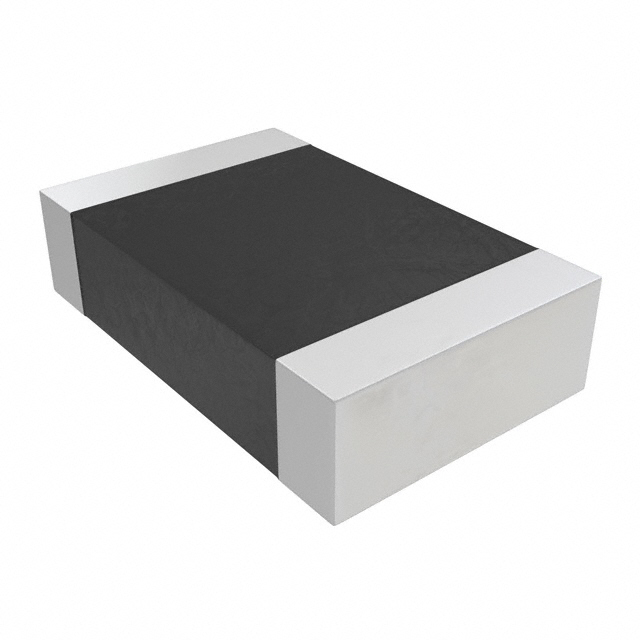
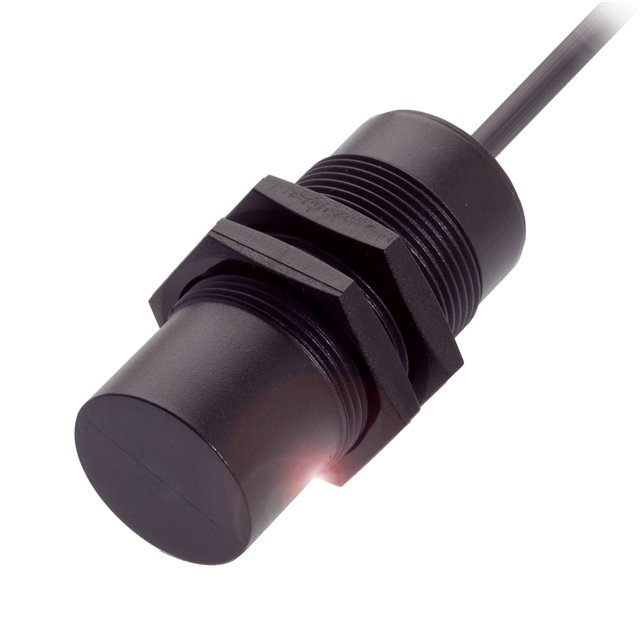
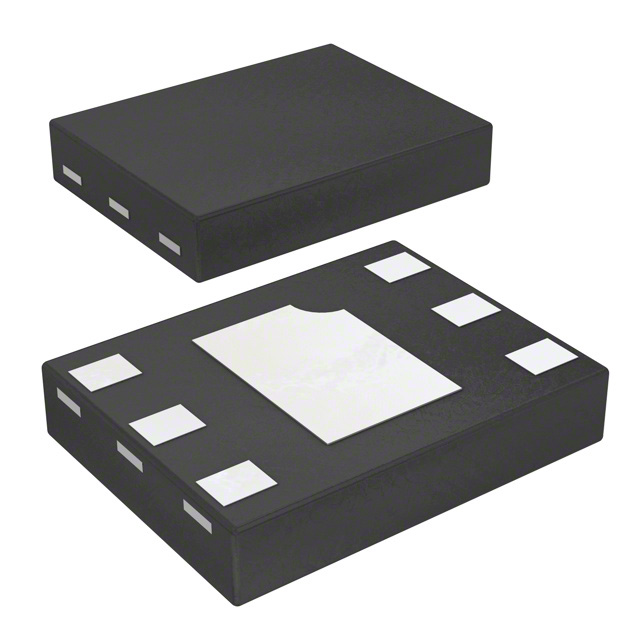
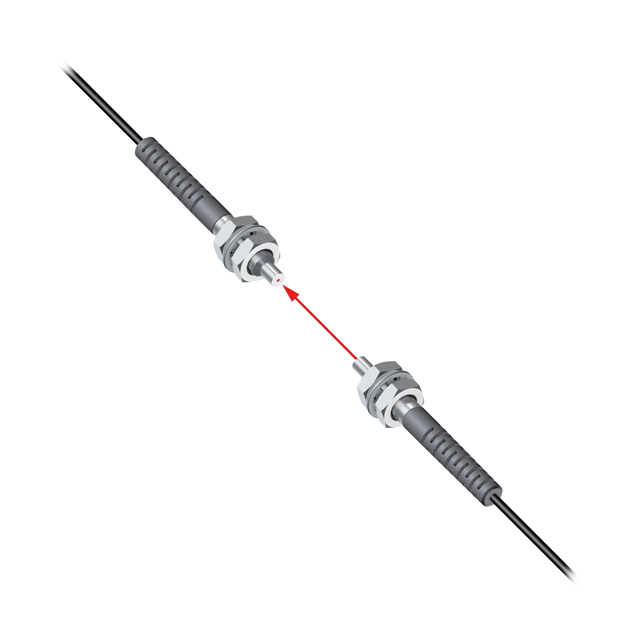

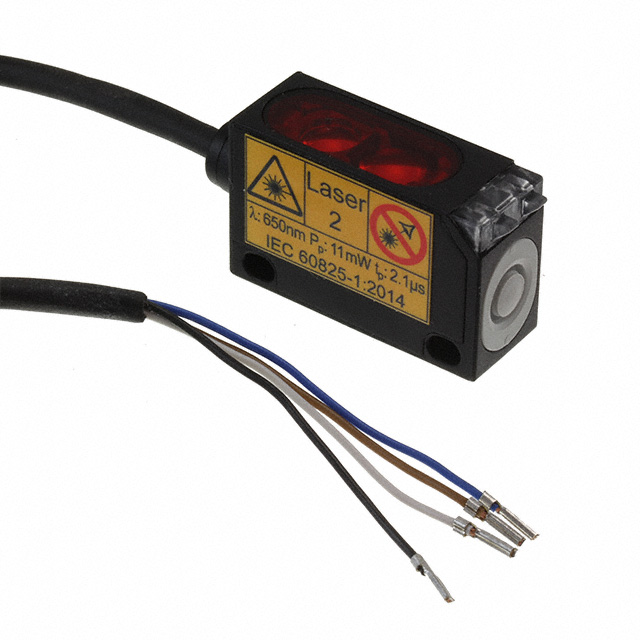
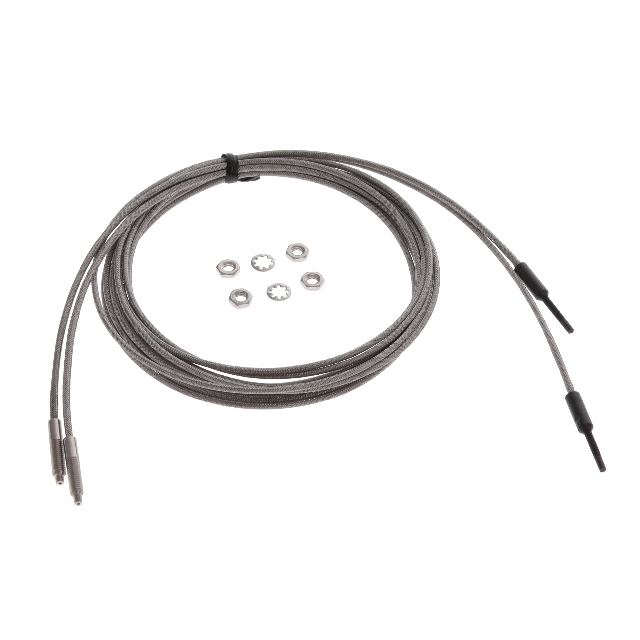
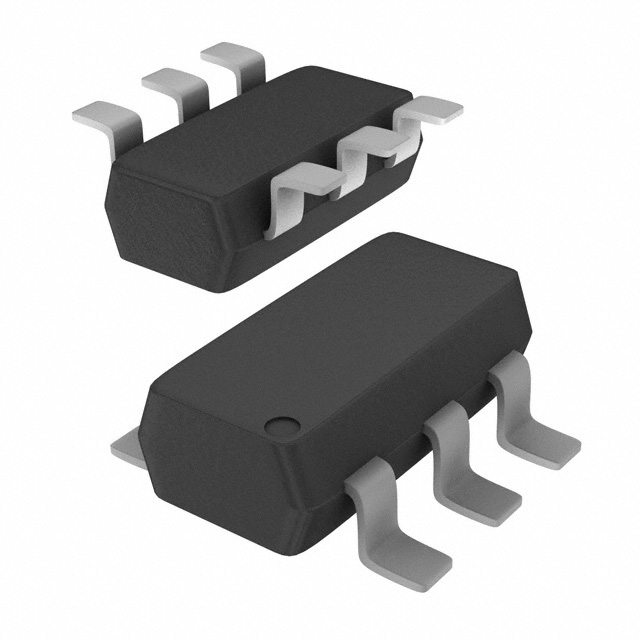
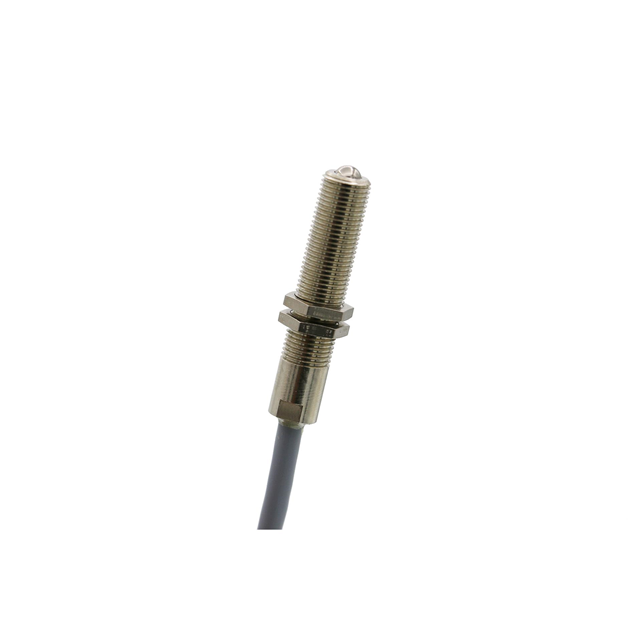









 Wishlist (0 Items)
Wishlist (0 Items)